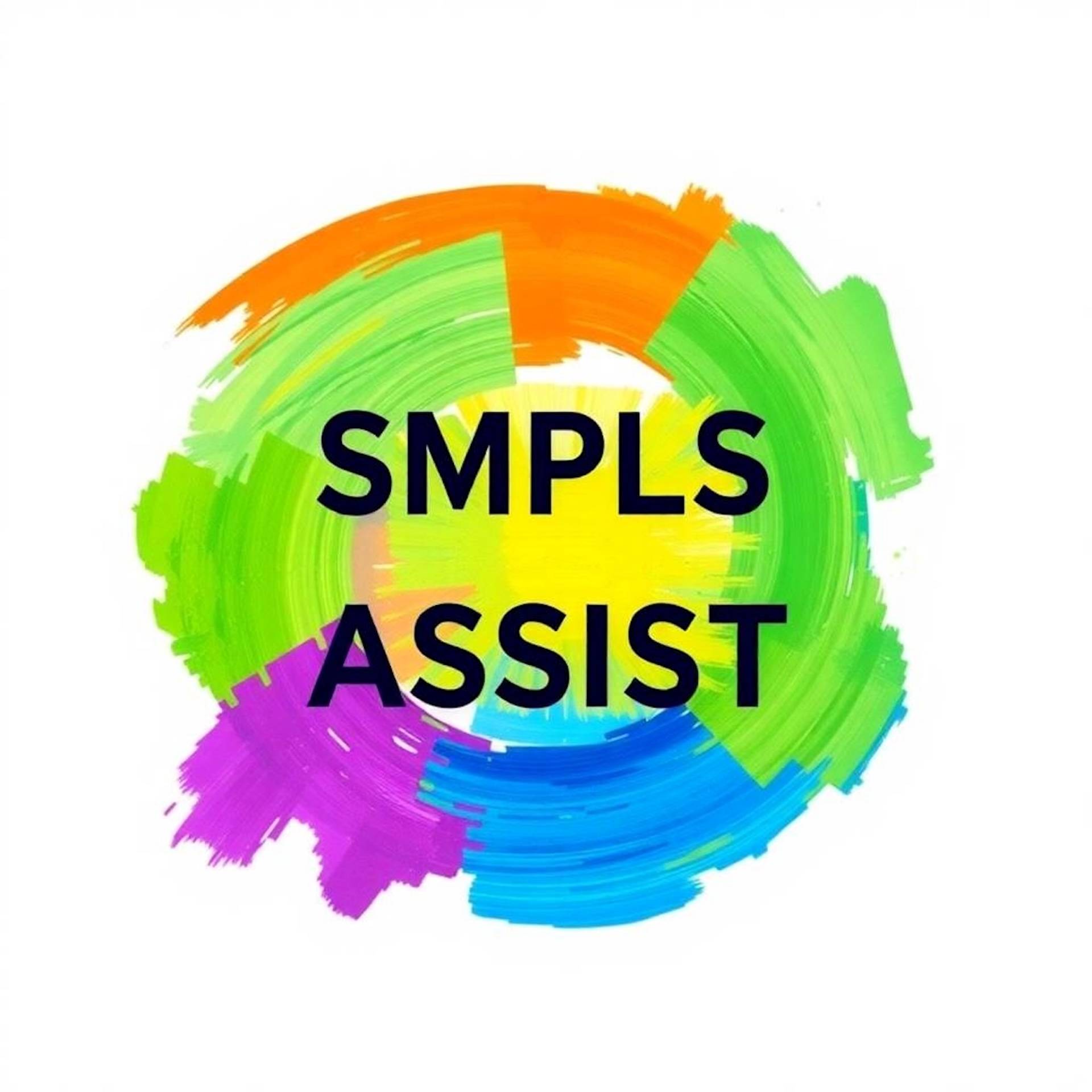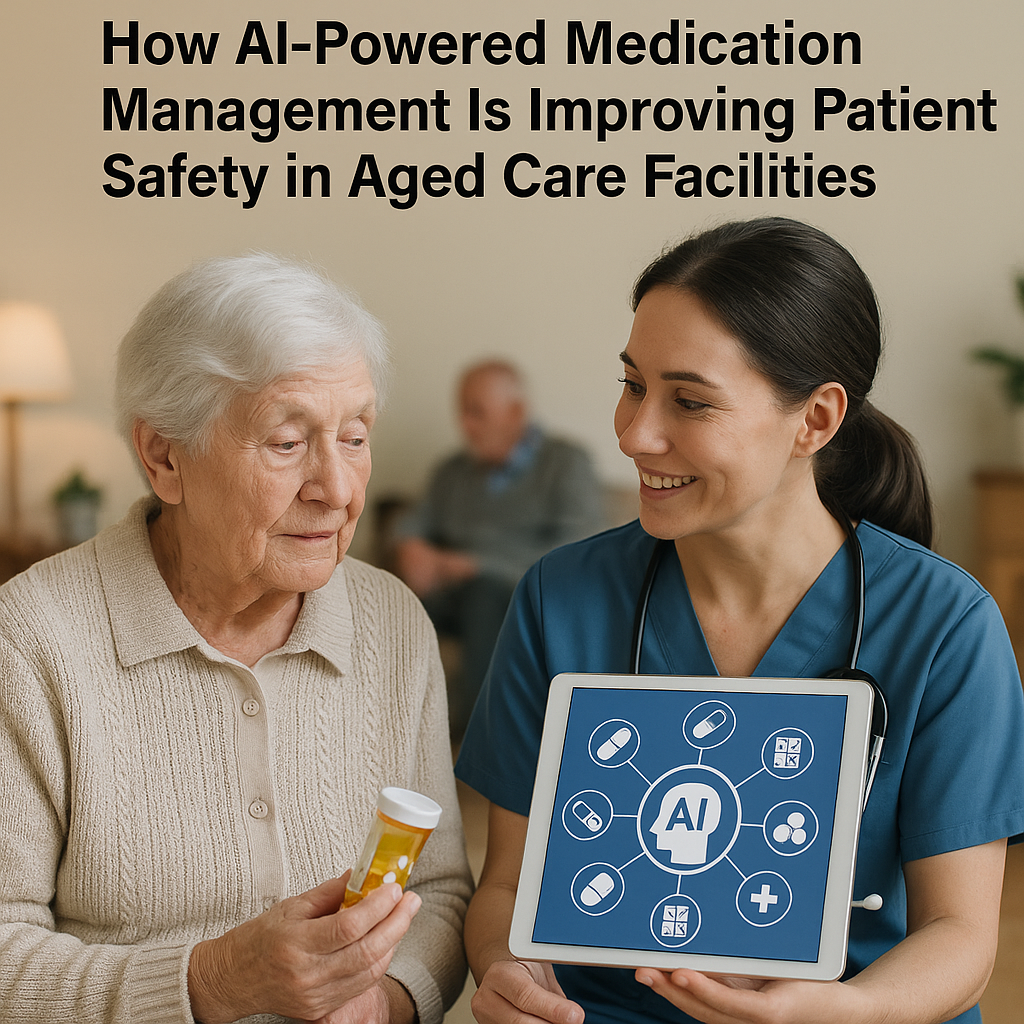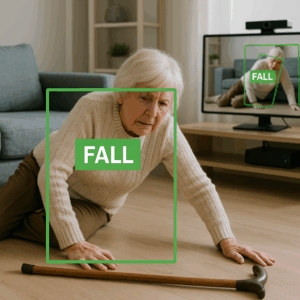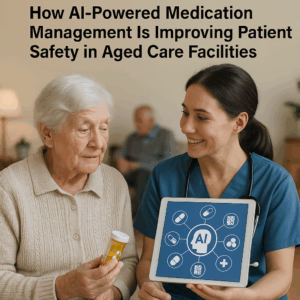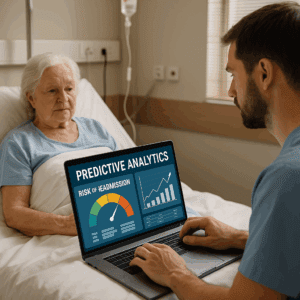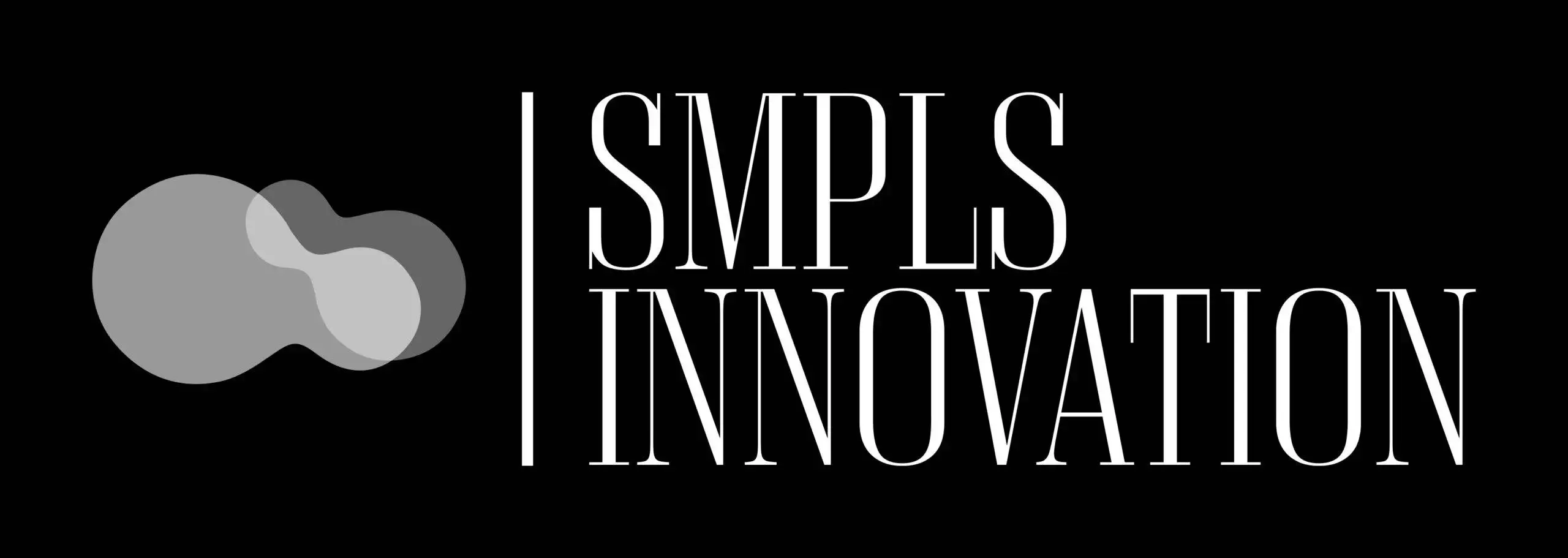How AI-Powered Medication Management Is Improving Patient Safety in Aged Care Facilities
By SMPLSINNOVATION — Fun, informed, and passionate about smarter care.
I. Introduction
Medication management can feel like a juggling act—keeping track of many pills, patches, and prescriptions for each person without making mistakes. In aged care facilities, this is part of everyday life.
As people live longer, their medication needs have become more complex. Many residents take several prescriptions a day. Studies show that the average person in long-term care takes about 8 to 10 medicines daily. That’s a lot of room for mix-ups.
Even with skilled staff, mistakes can still happen. The World Health Organization found that medication errors are one of the top 10 causes of preventable harm in healthcare, especially in aged care where people take many medicines.
This is where Artificial Intelligence, or AI, steps in. It doesn’t replace nurses—it helps them. AI-powered tools are changing how facilities track, give, and check medications. The result is fewer errors, greater safety, and happier residents.
II. The Current Medication Safety Picture in Aged Care
1. The Numbers Tell the Story
It’s a tough truth, but research shows:
– One in five aged care residents experiences at least one medication error each year.
– Forty percent of bad drug reactions in nursing homes could be prevented.
– In places without digital systems, nurses spend up to 30% of their time filling out paperwork.
That’s a lot of time and effort that could be spent caring for residents instead.
2. Why Mistakes Happen
Medication mistakes don’t happen for no reason. Some common causes include:
– Too many different medications taken at once.
– Fatigue from long hours and busy shifts.
– Poor communication between doctors, nurses, and pharmacies.
– Paper-based systems that cause delays and transcription mistakes.
– Frequent staff changes that make routines harder to follow.
3. Rules and Goals for Safer Care
Health organizations around the world are setting goals for safer medication practices. The WHO aims to cut serious, avoidable medication harm by half by 2025. Many countries are now adding AI and digital tools to support these efforts.
The message is clear: smart digital systems don’t just make work easier—they save lives.
III. How Artificial Intelligence Helps with Medication Management
AI doesn’t fill pillboxes all by itself, but it makes the whole process safer and smoother. It can find patterns, predict problems, and help staff stay on top of everything.
1. What Narrow AI Can Do
AI tools focused on specific tasks can:
– Check for bad drug combinations.
– Suggest dose changes based on age or kidney function.
– Alert staff if medication plans are not being followed correctly.
2. The Technology Behind It
AI uses several types of technology, including:
– Machine Learning, which learns from past data to improve accuracy.
– Natural Language Processing, which can read and understand doctors’ notes.
– Predictive Analytics, which looks ahead to see who might be at risk for side effects.
– Computer Vision, which confirms pills and labels by sight.
– Integration with digital medication records for real-time updates.
Together, these make an always-alert helper that never forgets details or gets tired.
IV. Ten Ways AI Is Making Medication Safer
1. AI checks prescriptions for safety before they are given.
2. It suggests the right dosage based on lab results or health data.
3. It spots risky drug combinations in real time.
4. It shows which residents are at higher risk for side effects.
5. Smart robots use cameras to make sure the right pills go to the right person.
6. Voice assistants help nurses confirm doses hands-free.
7. AI looks through records to find possible medication side effects early.
8. It creates personal medication plans for each resident’s needs.
9. Smart pill containers send alerts when doses are missed.
10. AI systems can prepare safety reports automatically.
These tools work together so humans and technology can provide safer care.
V. Real-Life Examples
1. Australia
Several aged care homes tested AI systems for digital prescribing. Results showed a 30% drop in medication errors and a 20% cut in paperwork. Staff were happier too—they could focus more on residents.
2. United Kingdom
AI software rolled out across UK care homes reduced drug-related problems by 25% within six months.
3. Singapore and Japan
These countries now use robots that deliver medicine and check identities with facial recognition technology.
4. United States
The U.S. FDA approved AI tools that review millions of medical records to find new side effects faster than traditional methods.
VI. Why AI Makes Such a Difference
When facilities use AI:
– Safety improves, because AI catches small mistakes before they become big ones.
– Workflows become more efficient, so staff have more time for care.
– Team morale rises, because nurses can focus less on forms and more on people.
Studies show that aged care centers using AI improved their medication safety scores by over 30% in one year.
VII. Challenges to Keep in Mind
AI tools also come with some challenges:
– Protecting private health data is crucial.
– New systems can be costly and require training.
– Some staff may prefer paper charts and resist the change.
But with good planning and support, these issues can be managed.
VIII. The Future: Smarter, Safer, and More Human
Experts believe that by 2025, more than half of aged care facilities in developed countries will use AI for medication management.
As technology becomes easier to use and more transparent, it will help caregivers work smarter. AI won’t replace people—it will give them the tools to provide safer and more personal care.
